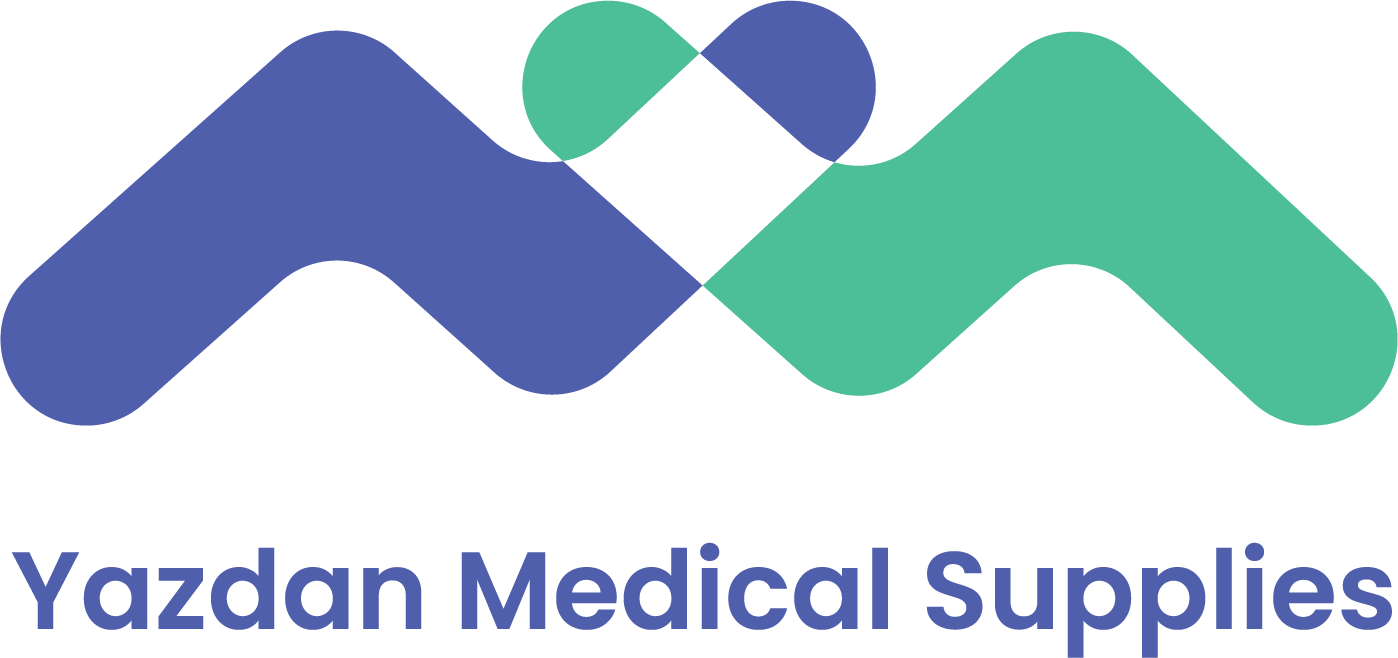Staying Up-to-Date in an Evolving Field
The healthcare industry is constantly evolving to adapt to new challenges and opportunities. From changes in regulations and technologies to shifts in best practices, providers and suppliers alike need to remain knowledgeable about updates in the field. Whether it’s adjusting protocols, acquiring new tools, or planning for coming requirements, awareness of industry movements allows for smoother transitions and better serving of patients. Let’s take a look at some of the top trends presently influencing the sector.
Telehealth Continues to Expand
One of the biggest stories over the past few years has been telehealth’s massive surge driven by the pandemic. With restrictions limiting in-person visits, telemedicine filled an important need and helped uncover its broader utility. As a lasting impact, many insurers have continued reimbursing virtual visits on par with office visits in certain situations. Regulators are also easing long-standing restrictions around telehealth across state lines. As technology improves accessibility further, virtual care options will likely continue growing, complementing traditional care delivery. This shift necessitates provider readiness with proper infrastructure, training, and support resources.
Interoperability Rules Take Effect
New regulations aiming to unlock data-sharing between electronic health systems went into place in early 2022. The interoperability rules require systems to use standardized application programming interfaces (APIs) and data exchange formats. This allows patients to more easily access their health information and share it among their various providers. Though increasing technical collaboration was challenging initially, providers are now realizing the benefits of a more connected healthcare information ecosystem. Improved data visibility enhances care coordination and clinical decision making.
Workforce Shortages Heighten Adaptations
Staffing shortfalls across many medical roles have intensified in the past year due to burnout, early retirements, and other factors. To counter labor constraints, some hospitals have turned to contracting nurses from outside agencies or deploying robotic assistants and augmented reality tools to augment human caregivers where possible. Others incentivize employment perks like flexible schedules or tuition reimbursement. Finding ways to optimize productivity with existing personnel is crucial during times of high demand and limited supply. Technology adaptations will likely continue unfolding to boost recruitment, retention, and workload distribution.
Health Tech Advances Provide New Options
Digital innovations frequently introduce improved methods, such as more personalized prediction models leveraging artificial intelligence and precision diagnostics via molecular innovations. Health tech startups continue bearing fruit with point-of-care testing devices, surgical robots, virtual care platforms, and other time-savers. While new technologies carry both promise and learning curves, those that boost quality and outcomes at lower costs tend to see adoption. Suppliers must continually evaluate cutting-edge upgrades to support optimal, evidence-based care delivery. Overall, this blossoming field holds immense promise for enhancing health accessibility worldwide.
Reimbursement Changes Demand Monitoring
Insurance payment models constantly evolve to incentivize high-value care over unnecessary procedures. For instance, governmental payers are transitioning more reimbursements toward quality outcomes-based payment structures like bundled payments or population health initiatives. Commercial insurers shift as well by narrowing provider networks or promoting price transparency tools. Many specialists have pivoted practice structures or consolidated to participate as accountable care organizations (ACOs). Remaining abreast of changing payer policies and partnering for risk-bearing contracts is prudent for long-term viability.
This overview aimed to provide a pulse on current industry influences. Please reach out if you need any clarification or have additional questions on emerging trends. We hope this information helps in navigating today’s dynamic healthcare landscape.


